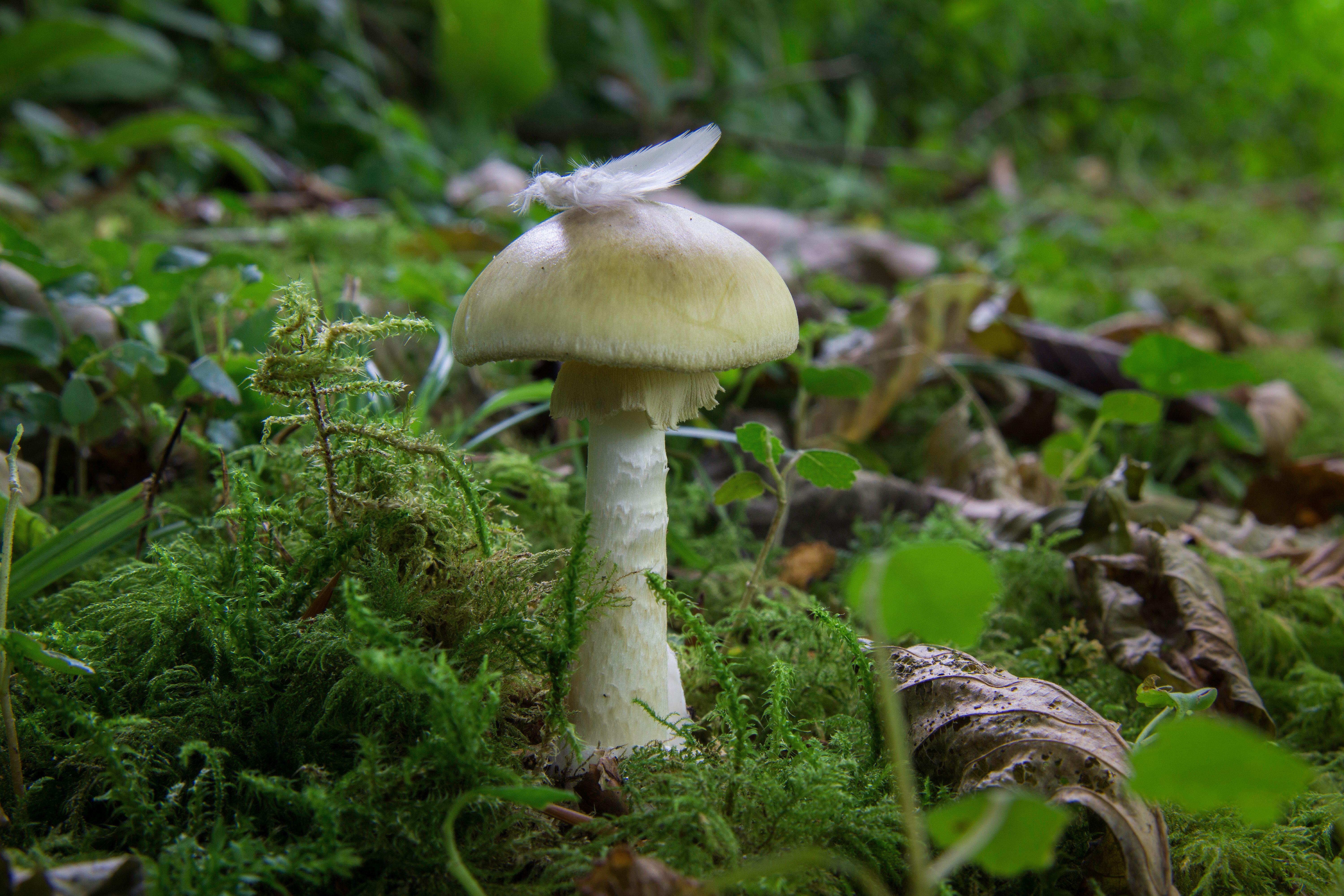World's deadliest mushroom conquered California with a clone army, study reveals
The death cap mushroom accounts for more than 90% of worldwide mushroom-related deaths. Its ubiquitous spread could be down to a weird genetic cloning trick.

The world's deadliest mushroom has been invading California by cloning itself, new research finds.
The poisonous "death cap" mushroom (Amanita phalloides) is an invasive fungus whose fatal amatoxin accounts for more than 90% of deaths from mushrooms worldwide, but how it spread from its European origins to colonize every continent except Antarctica has long been a mystery.
Now, a study published Jan. 31 to the preprint server biorXiv, has found a reason why: the California version of the death cap can fertilize itself and produce perfect copies, sidestepping the need to mate before wafting its spores over an unconquered region.
Related: Amazonian 'zombie' fungus bursts through fly's body in grisly, contest-winning photo
"The diverse reproductive strategies of invasive death caps are likely facilitating its rapid spread, revealing a profound similarity between plant, animal and fungal invasions," the researchers wrote in the preprint.
Death caps are unassuming mushrooms: The door-knob size flowers have a pale green, white or bronze cap; white gills; and a silky skirt-like membrane. The mushroom is said to be pleasant tasting, so that when its deadly effects set in six to 72 hours later, they often come as a surprise. The mushroom's amatoxin poison enters the liver through the intestinal tract, where it binds to and inactivates enzymes used to make new proteins. With regular protein production now halted, the liver begins to die, causing nausea and diarrhea, which is often followed by rapid organ failure, coma and death.
Scientists think the mushroom was introduced to North America in the late 19th century by tree fanciers, when fungal spores of A. phalloides hitched a ride with the soil-potted seedlings of European trees.
Sign up for the Live Science daily newsletter now
Get the world’s most fascinating discoveries delivered straight to your inbox.
In Europe, A. phalloides grows by burrowing into the roots of European Oak trees (Quercus robur) to form a symbiotic relationship known as ectomycorrhiza — taking essential sugars from the trees' roots in exchange for helping them to find water and nutrients, alongside intercepting chemical signals from neighboring trees.
By 1938, death caps were found sprouting from the roots of an ornamental oak tree (Q. suber) at the Del Monte Hotel in Monterey, California. From there, the mushroom leaped to wild California live oaks (Q. agrifolia), then to California's native pines, and even to its beech, chestnut, birch, spruce, hornbeam and filbert trees. Soon, the mushroom could be found everywhere across the Bay Area and further up the coast, becoming more abundant than it was in its native Europe.
Just how it managed this feat has, until now, been unclear. In Europe, DNA sequencing showed the death caps reproduced sexually. But in the new study, DNA sequences found many of the Californian death caps contained the exact same genetic material as each other and that they could reproduce asexually for up to 30 years.
The researchers proposed that in new environments death caps switch on asexual reproduction as a way to gain a foothold, then return to sexual reproduction after successful colonization.
"Some of the offspring of these mushrooms mate, while others do not, and the cycle repeats," the researchers wrote in the study.
Now that this weird cloning ability has been revealed, the researchers have other questions about the fungal invader. Samples collected in New Jersey and New York showed no sign of asexual reproduction, which could mean it is only triggered at certain times and in certain environments. Additionally, whether the ability to switch to self fertilization is unique to the death cap or a strategy used by all invasive mushrooms is still a mystery. Further research could reveal how widely the strategy is adopted, or shed light on other strange methods of reproduction the mushrooms practice.

Ben Turner is a U.K. based staff writer at Live Science. He covers physics and astronomy, among other topics like tech and climate change. He graduated from University College London with a degree in particle physics before training as a journalist. When he's not writing, Ben enjoys reading literature, playing the guitar and embarrassing himself with chess.










